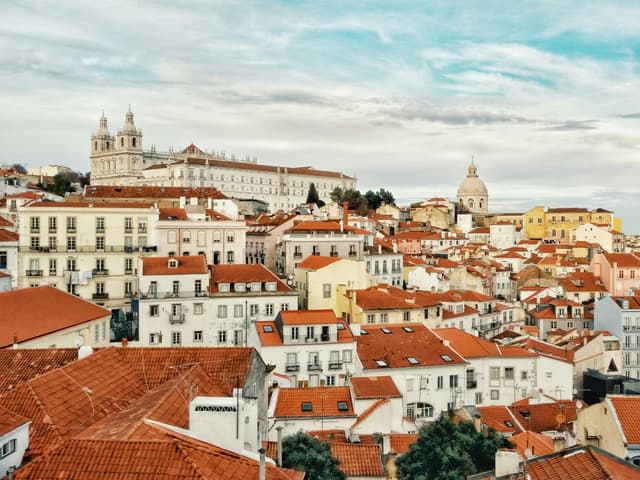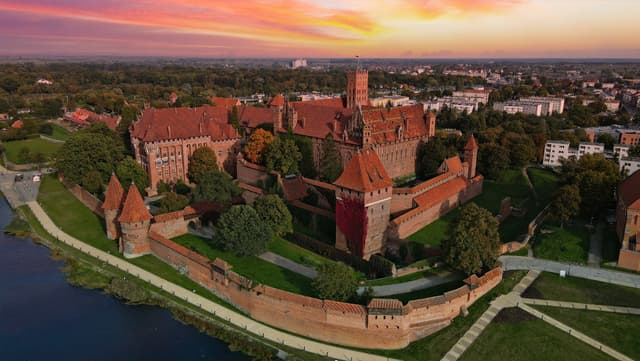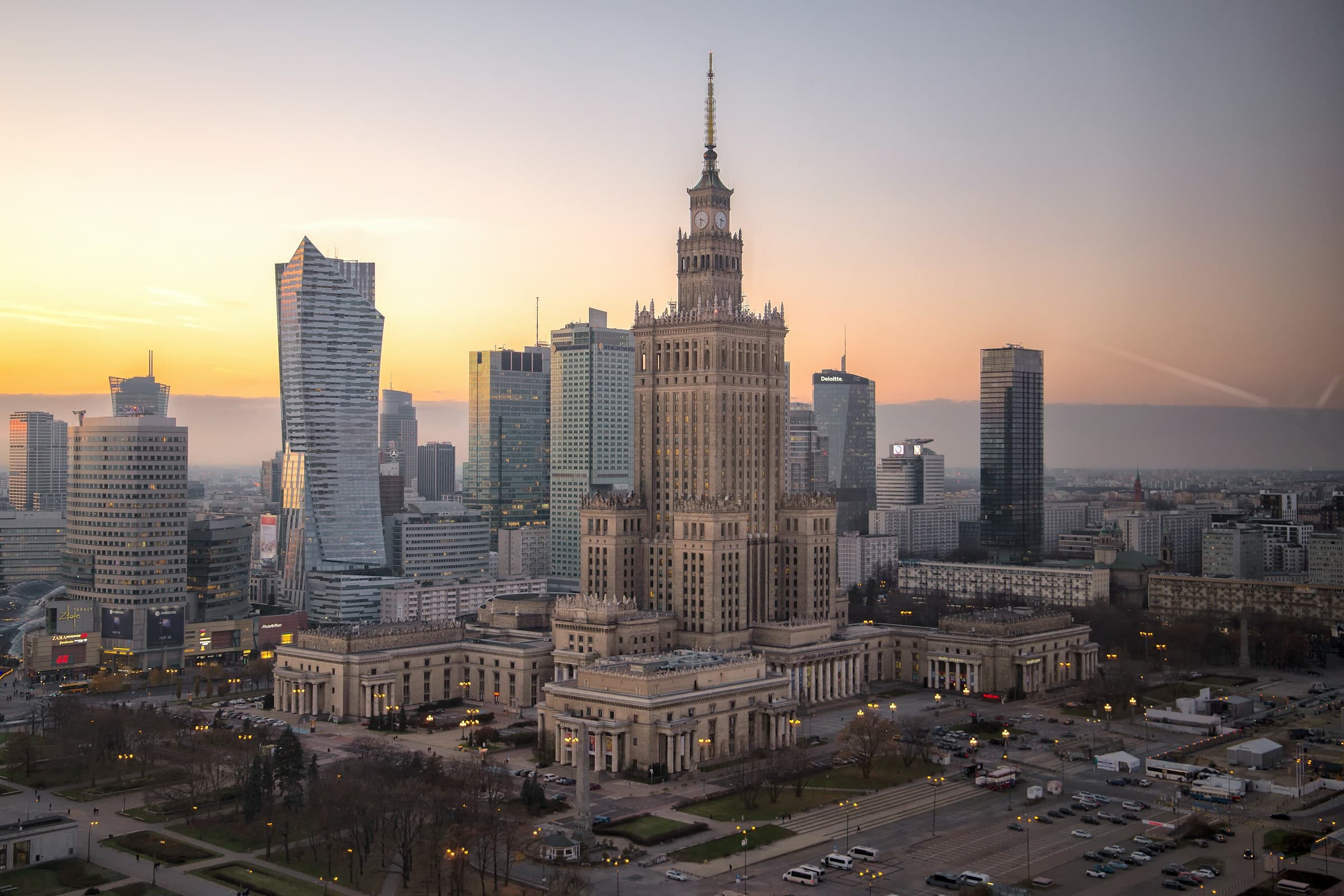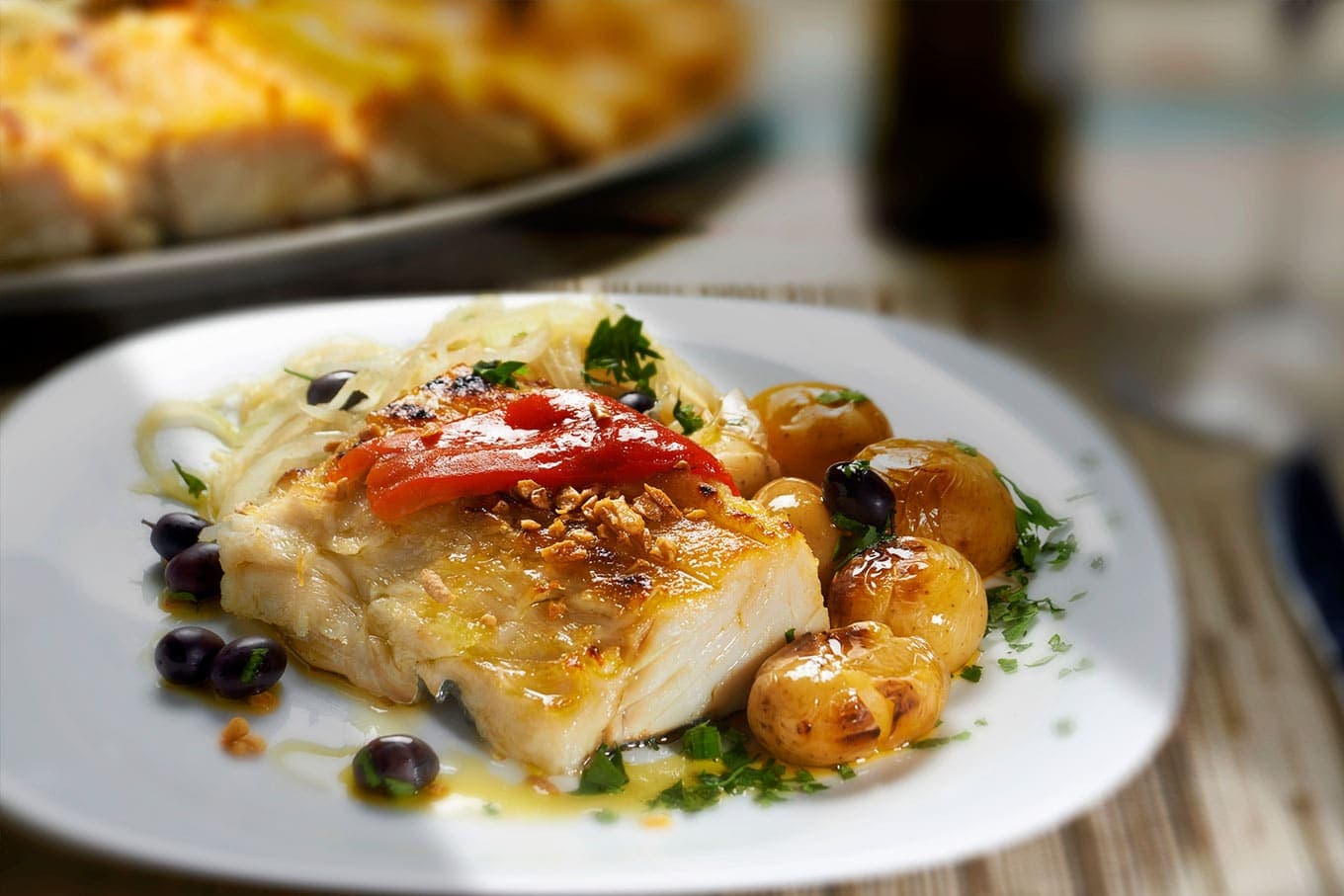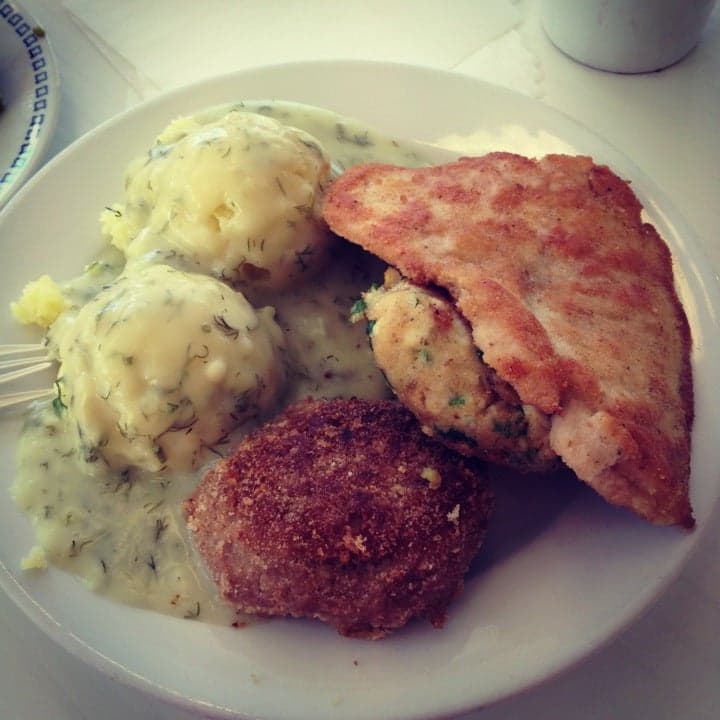Lisbon, Portugal vs. Malbork
Lisbon, Portugal
Lisbon sits on the western edge of Europe, right where the Tagus River meets the Atlantic Ocean. The city is built on a series of hills, which gives it sweeping views of red-tiled rooftops, cobbled streets, and the water beyond. Walking around, you’ll notice how the narrow lanes twist and turn, especially in neighborhoods like Alfama, where clotheslines stretch between buildings and the smell of grilled sardines lingers in the air. It’s a place where old and new blend together. You’ll find trams from the early 20th century rattling through streets, while modern glass buildings rise up in other parts of town. Down by the river, the Belém Tower and Jerónimos Monastery, both from the Age of Discovery, remind you that Portuguese explorers once set out from this very spot. Lisbon gets plenty of sunshine—nearly 3,000 hours a year. Summers are warm and dry, while winters stay cool and damp, but not too cold. Along the riverbanks, locals sit at cafés, sipping coffee or wine, while ferry boat...
Malbork
Malbork is a small city in northern Poland, but what makes it stand out is its enormous, medieval brick castle—one of the largest in the world. Built in the 13th century by the Teutonic Knights, the castle was more than just a fortress; it was the headquarters of a powerful religious and military order that controlled vast territories in the region. Today, Malbork Castle is a UNESCO World Heritage Site and a must-see for history lovers, with its towering walls, grand halls, and a fascinating museum that showcases medieval artifacts, weapons, and amber craftsmanship. Walking through its courtyards and chambers, you get a real sense of what life might have been like in the Middle Ages. The city itself is located along the Nogat River, about an hour’s drive from Gdańsk. While Malbork is mostly known for its castle, it has a peaceful, small-town charm. The streets are lined with trees, there are cozy cafés and restaurants serving Polish food, and you can still see traces of the city’s P...
Reviews
Reviewed on 2/25/2025
I loved the weather and the architecture in Lisbon, and how beautiful and hilly it was. On the other hand, I found the food bland and apparently the locals hate digital nomads?
Reviews
| Item | Votes | Upvote |
|---|---|---|
| No pros yet, would you like to add one? | ||
| Item | Votes | Upvote |
|---|---|---|
| No cons yet, would you like to add one? | ||
| Item | Votes | Upvote |
|---|---|---|
| Malbork has a huge medieval castle | 1 |
| Item | Votes | Upvote |
|---|---|---|
| No cons yet, would you like to add one? | ||
Frequently Asked Questions
Lisbon offers a rich blend of history and modernity, with landmarks like the Belém Tower and Jerónimos Monastery reflecting its Age of Discovery heritage. However, Malbork is home to one of the largest medieval castles in the world, which is a UNESCO World Heritage Site and provides a deep dive into medieval history through its architecture and museum. If you prefer a vibrant city with diverse historical influences, Lisbon may be better, but for a focused medieval experience, Malbork stands out.
Lisbon is known for its lively cultural scene, featuring Fado music, street art, and numerous festivals, making it a hub for arts and entertainment. In contrast, Malbork, while charming and historical, has a more subdued cultural atmosphere, primarily centered around its castle and local traditions. If you seek a bustling cultural experience, Lisbon is the clear choice, while Malbork offers a quieter, history-focused environment.
Lisbon provides various outdoor activities, including parks, riverfront cafés, and opportunities for walking tours through its hilly streets. Malbork, while smaller, offers unique outdoor experiences such as boat trips on the Nogat River and kayaking, along with scenic countryside exploration. If you prefer a mix of urban outdoor activities and natural landscapes, Lisbon may be more appealing, but for a tranquil outdoor experience, Malbork has its charm.
Lisbon boasts a diverse food scene with a variety of local and international cuisines, including fresh seafood and traditional Portuguese dishes. However, some visitors have noted that the food can be bland. Malbork offers traditional Polish cuisine in a more localized setting, but it may not have the same variety as Lisbon. If culinary diversity is a priority, Lisbon is likely the better option, while Malbork provides a taste of regional Polish flavors.
Lisbon, Portugal is known for its stunning views, historic architecture, and vibrant culture. The city is characterized by its red-tiled rooftops, cobbled streets, and a blend of old and new, featuring both traditional trams and modern buildings. Key attractions include the Belém Tower and Jerónimos Monastery, which reflect its rich maritime history. Lisbon also boasts a mild climate, with nearly 3,000 hours of sunshine a year, making it a popular destination for tourists.
Pros of living in Lisbon include its beautiful scenery, rich cultural heritage, and a relaxed lifestyle. The city offers a variety of activities, from enjoying Fado music to exploring vibrant markets. Additionally, Lisbon has a well-connected public transport system, making it easy to navigate. However, cons include rising living costs driven by tourism and expats, and some locals may have negative feelings towards digital nomads, which can affect the sense of community.
Lisbon enjoys a Mediterranean climate with warm, dry summers and cool, damp winters. The city receives nearly 3,000 hours of sunshine annually, making it an attractive destination for those who enjoy sunny weather. Summer temperatures can be quite warm, while winter temperatures remain mild, rarely dropping to extreme lows.
The food scene in Lisbon is diverse and vibrant, featuring a mix of traditional Portuguese dishes and modern culinary influences. While many visitors enjoy the local cuisine, some reviews suggest that certain dishes can be bland. Seafood, particularly grilled sardines, is a highlight, especially during local festivals. However, experiences may vary, and some locals reportedly have mixed feelings about the influx of digital nomads affecting the food culture.
Lisbon offers a rich cultural experience, with Fado music echoing from small bars, vibrant street art, and lively markets filled with fresh produce and seafood. The city celebrates various festivals, such as Saint Anthony’s festival in June, which features street parties, music, and plenty of grilled sardines. Visitors can immerse themselves in the local culture through these experiences, making Lisbon a unique destination.
Malbork is known for its enormous medieval brick castle, which is one of the largest in the world. Built in the 13th century by the Teutonic Knights, the castle serves as a UNESCO World Heritage Site and features grand halls, towering walls, and a fascinating museum showcasing medieval artifacts.
The main pro of visiting Malbork is its huge medieval castle, which offers a unique glimpse into history and architecture. However, there are no significant cons listed by visitors, making it a generally favorable destination for history lovers.
Besides visiting the castle, visitors to Malbork can take a boat trip on the Nogat River for a unique view of the castle, rent a kayak for an active adventure, or explore the surrounding countryside filled with fields and forests. The city also features a large park and a dinosaur-themed amusement park, which is great for families.
The best time to visit Malbork is during the summer when the city hosts the 'Siege of Malbork' festival. This event features a large-scale reenactment of a 15th-century battle, complete with knights in armor, sword fights, and a medieval-style market.
Malbork has a peaceful, small-town charm with tree-lined streets, cozy cafés, and restaurants serving Polish food. The city retains traces of its Polish and German heritage in its architecture, making it a pleasant place to explore.
